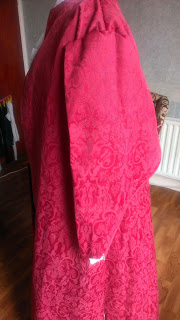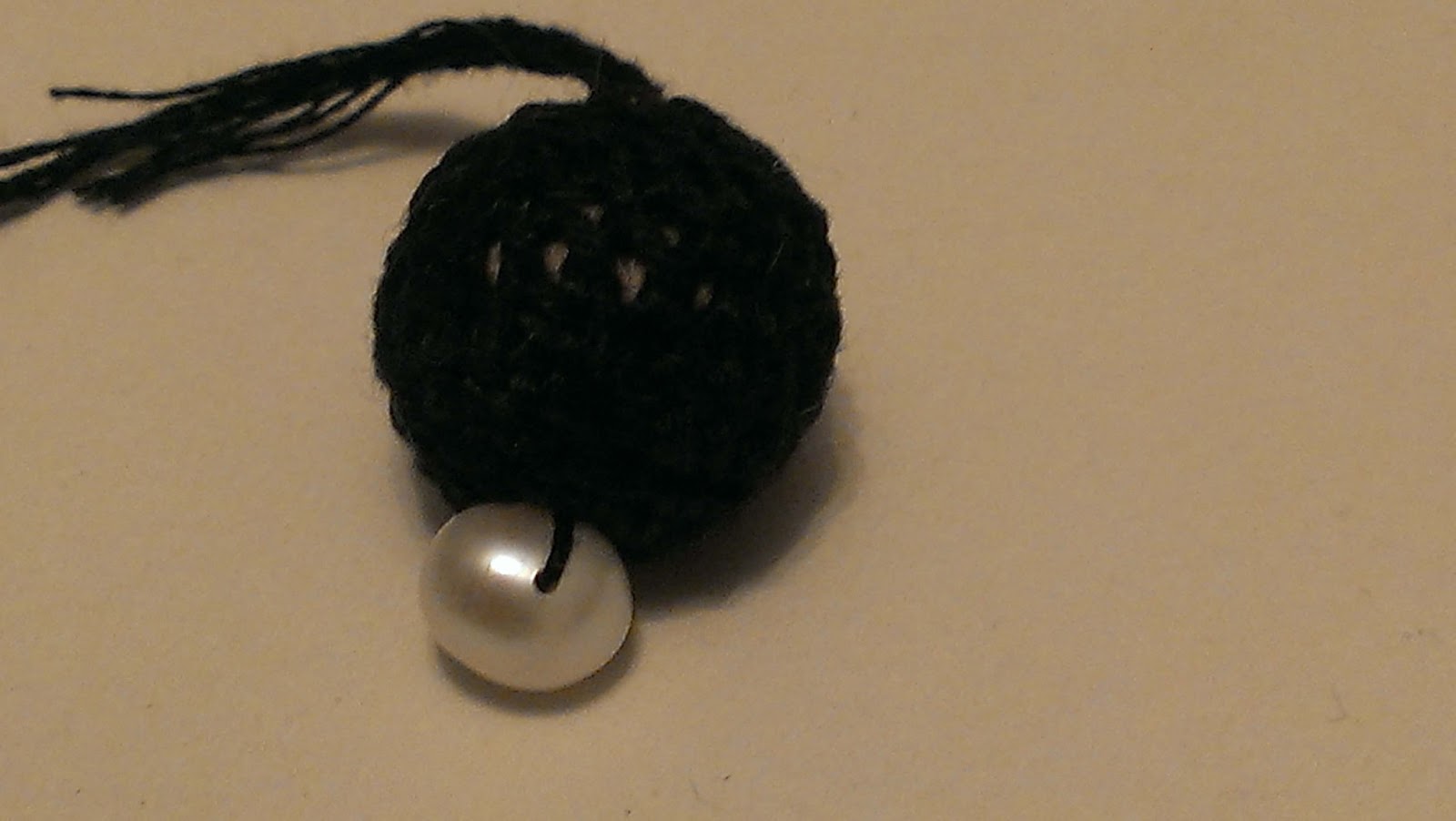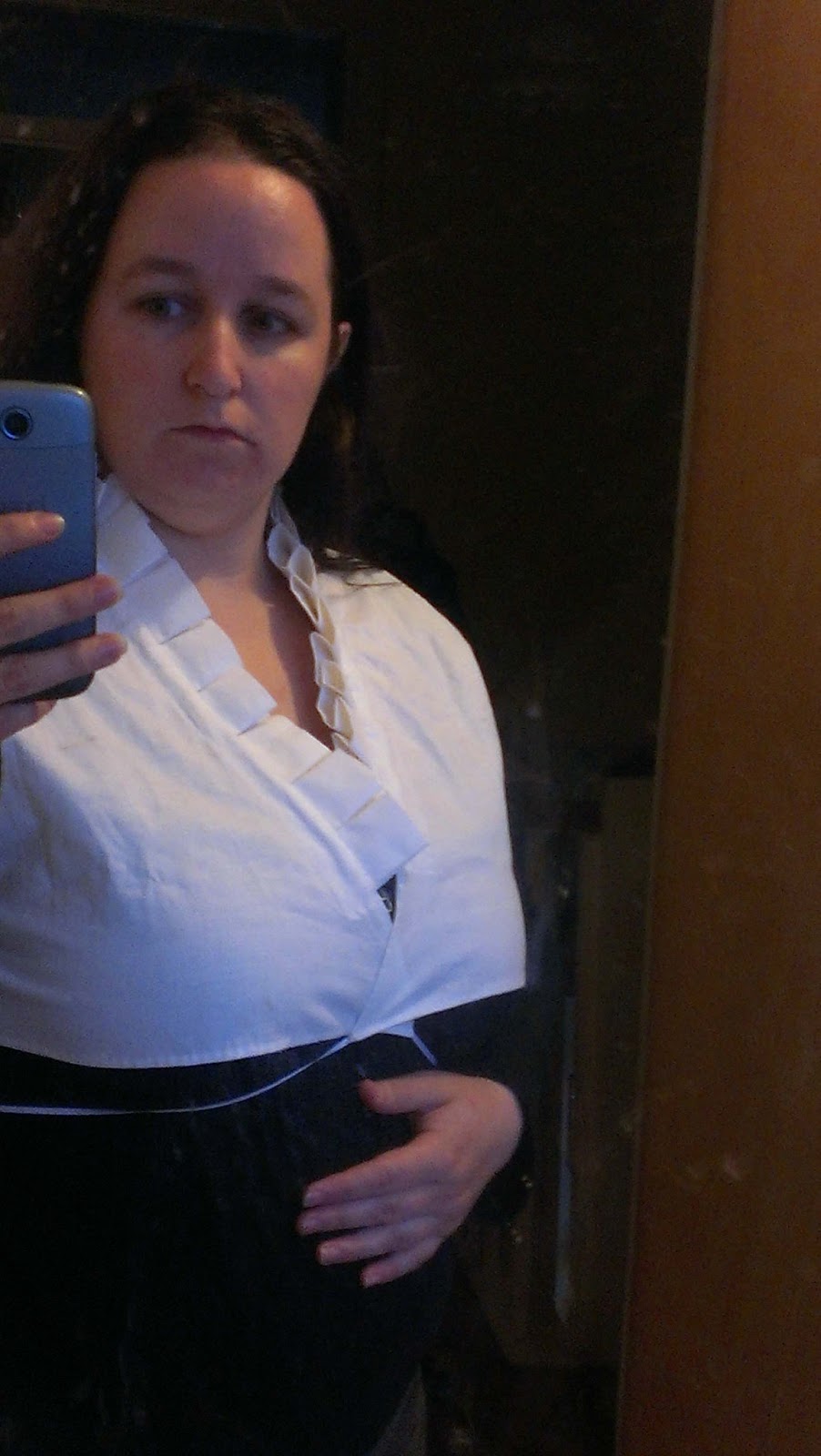 Very recently, I and my fellow costumeophiles went for a tour and tea at Castletown House in Celbridge, Co. Kildare. It's a wonderful place, built in the 18th century as a legacy, its has only recently been given over to the state so restoration work can begin. We had a private tour, all wandering the halls in vaious eras of garb, and a very fine day it was.
Very recently, I and my fellow costumeophiles went for a tour and tea at Castletown House in Celbridge, Co. Kildare. It's a wonderful place, built in the 18th century as a legacy, its has only recently been given over to the state so restoration work can begin. We had a private tour, all wandering the halls in vaious eras of garb, and a very fine day it was.For me, this meant another trip out for my 1880's evening gown. Unfortunately yes, the evening gown, I haven't had time to make a day bodice or a walking skirt, and lets not stat on how shocking the lack of head covering is. I have many, many plans to "finish" this outfit off with frills, frills and more frills, but that's going to have to wait until IRCC is over.
 A day trip being a good excuse for all things costume, it was noted how out outfits were woefully incorrect for the house itself, so plans are now afoot to make an 18th century outfit.
A day trip being a good excuse for all things costume, it was noted how out outfits were woefully incorrect for the house itself, so plans are now afoot to make an 18th century outfit.I've settled on the 1780's style of a robe à la polonaise gown, colour and all to be decided. The robe à la polonaise is a distintive style, which is characterised by the gathered skirts at the back of the gown, such as this example from the Kyoto costume institute, or like the black and white striped gown Christina Ricci wears in Sleepy Hollow. I've always admired that dress, and yes, all I needed was the excuse to make it. Happy costumer.
And what costume post would be complete without the obligatory shoe shot!












